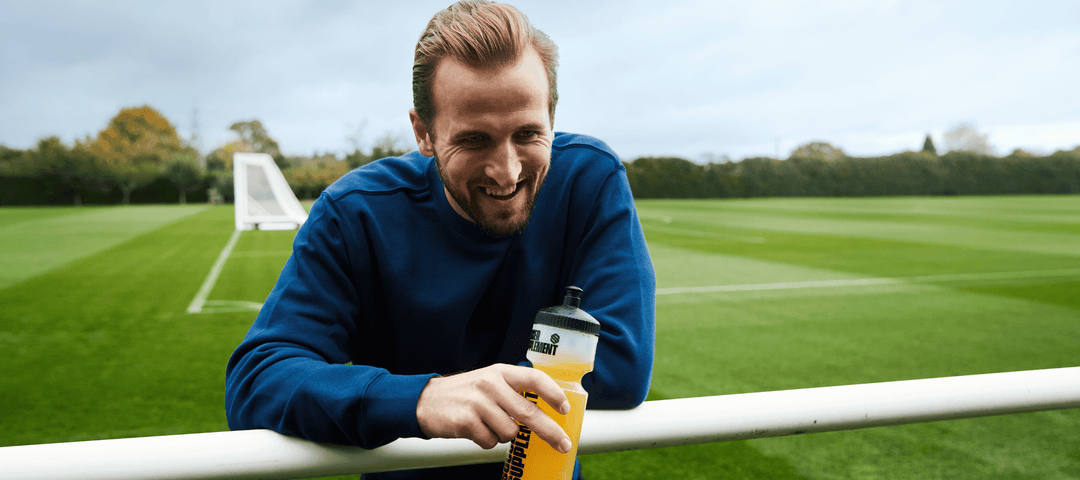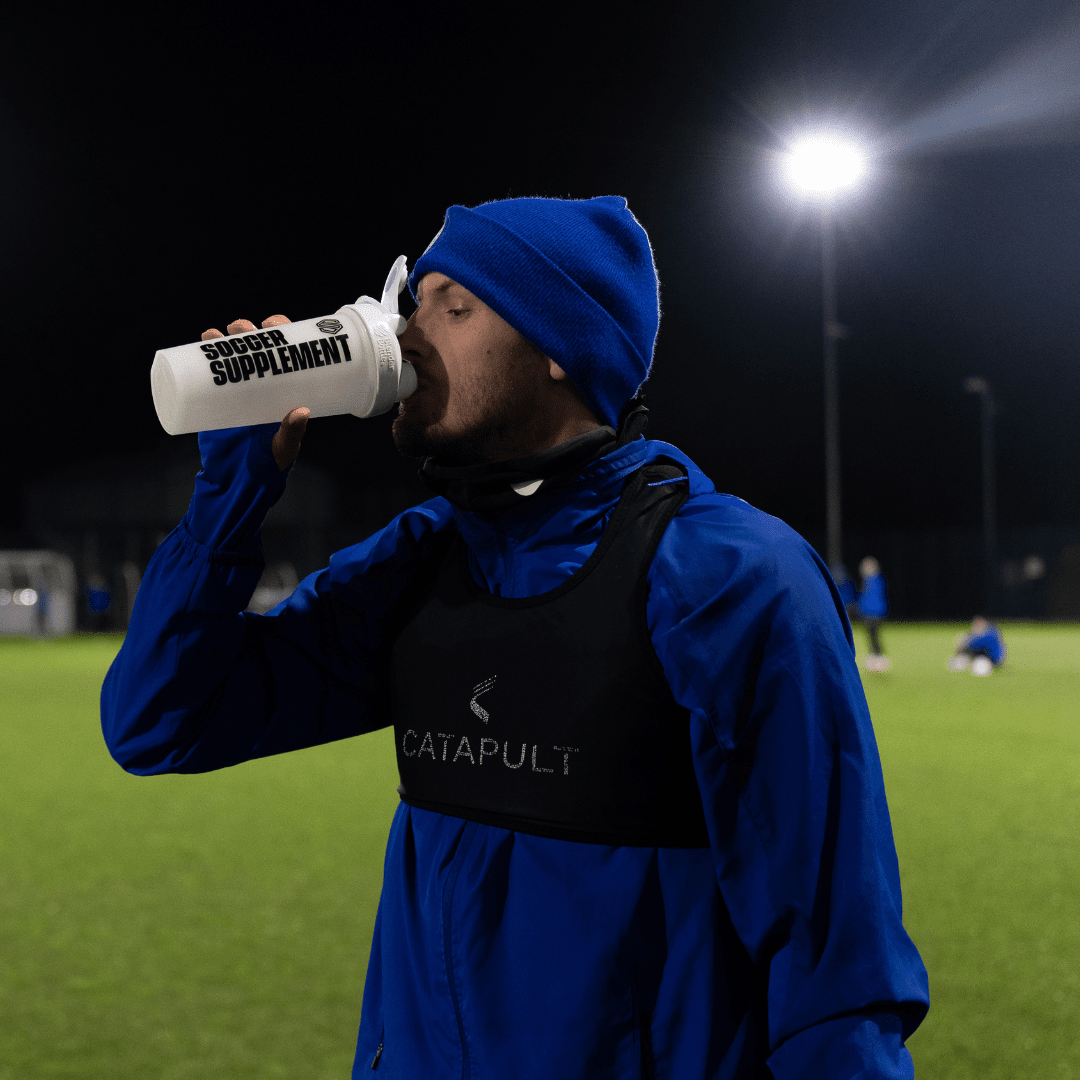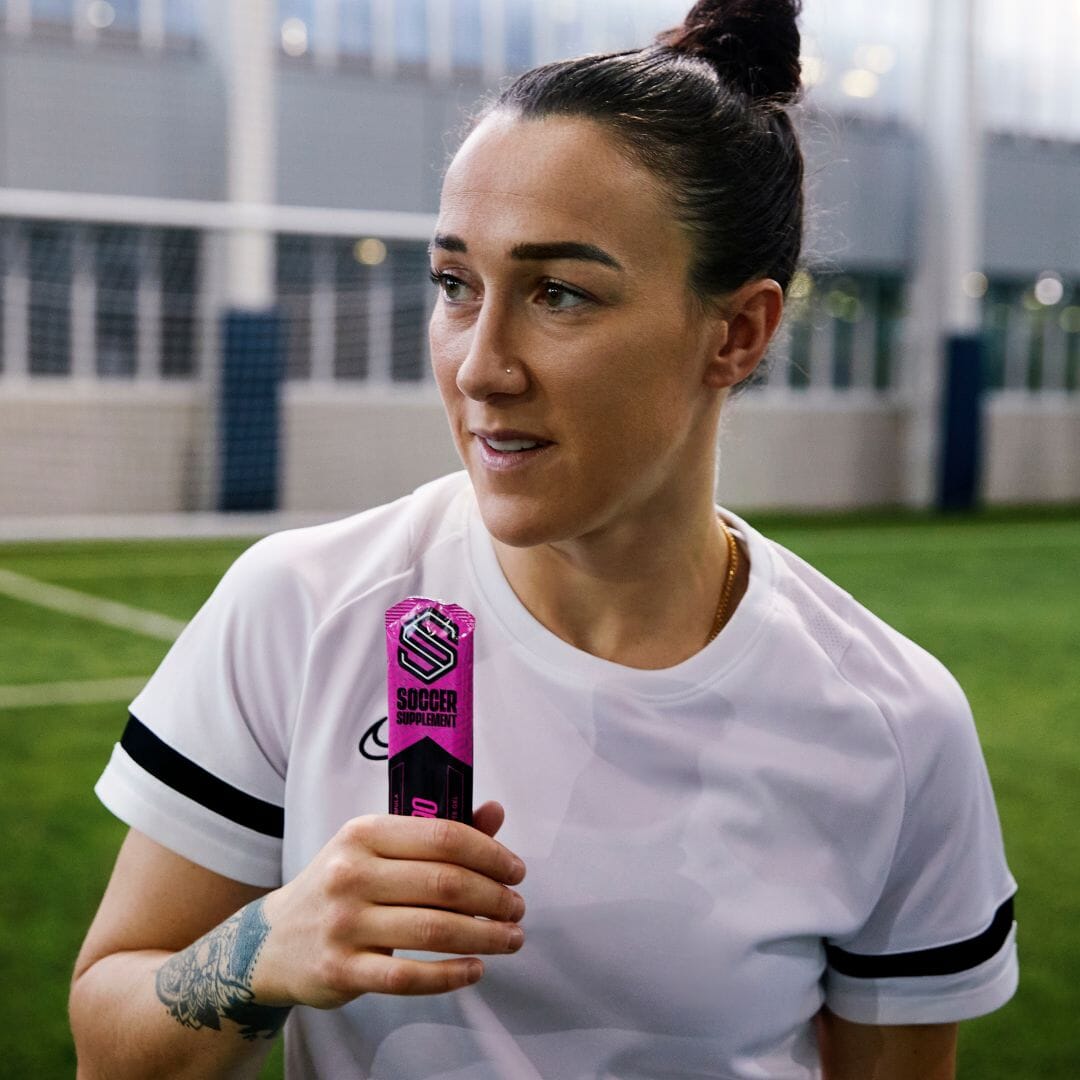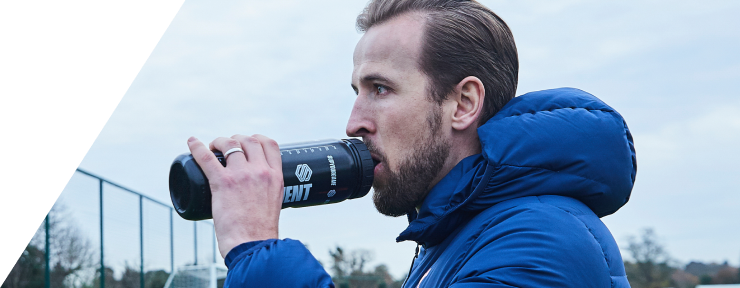Whenever you are evaluating your own personal or team performance, or watching Match of the Day on a Saturday evening, more often than not, it will be physical factors that impacted on a player or team performance that is discussed by the pundits. Given that the game is built around physical components it is natural that this is what we are immediately drawn to however, it is hugely important to understand the other factors that can have both a positive and negative impact on not only football but most sports which are mental, social and emotional. We will discuss these key factors in later articles but for now, let’s focus on analysing physical factors, how we can evaluate our performance and what methods of approach can we adopt to make significant improvements.

One key physical factor which can often separate the good players from great, are technical skills. These include; timing and execution of a pass/shot, consistency of the skill, imagination in possession of the ball, how capable and able the player is to play with flair and freedom. In youth football, the freedom to express and be creative is slowly diminishing and should always be encouraged in the right areas of the pitch at the right time.
The second key physical factor that can often win or lose a game to consider is tactical. We currently live in a society where online tactical analysis is readily available with some being of a very high standard. Some basic means of tactical awareness can include; what are my strengths and weaknesses for a specific match/role, what are the opposition strengths and weaknesses and how can we exploit them as a team, what is the current time in the game resulting in a greater intensity or a more controlled manner, who are we playing and what type of match should we expect, what are the external factors that may play a part such as surface, referee, weather conditions, opposition support etc. It is essential to carefully analyse these factors before each match and prepare effectively to combat as many factors as possible. In situ analysis can be difficult yet extremely effective. You may have planned for A but the opposition are doing B, how do you react? Once the game is finished, it is essential to spend quality time to reflect on your tactical performance and what areas worked well and what requires improvement.

The final physical factor which can have an impact on your performance is of course fitness. Areas of personal consideration should include; aerobic, strength, speed and power. Physical training should always be made specific to the individual strengths and weaknesses and consideration should also be made to the position in which you play. The levels of strength required for a centre back will be greater to that of a winger who in turn requires excellent speed to effectively execute his role within the team driving past opposition full backs offensively and tracking back defensively.
Quick tips
Skills
- Repetition drills – identify the skill you want to improve which is specific to your position and practice, practice and practice some more! Grove the move until you can do it automatically!
- Unopposed and opposed practice – practice the skill in a controlled environment with no opposition then add limited pressure before making it game realistic with defenders working at 100%.
Tactics
- Modified games/situations – take the skill you want to improve and develop it in a game like situation such as 2v1 for full back and wingers working in partnership
- Walk/run through – using the ball, walk through the movements required for each phase of play and ensure you fully understand your role in and out of possession
Fitness
- Conditioning drills – identify the key physical factors that are appropriate to your position and work on drills which address them
- Specificity – make all conditioning work specific to your position and actions such as crossing followed by a recovery run for a full back








